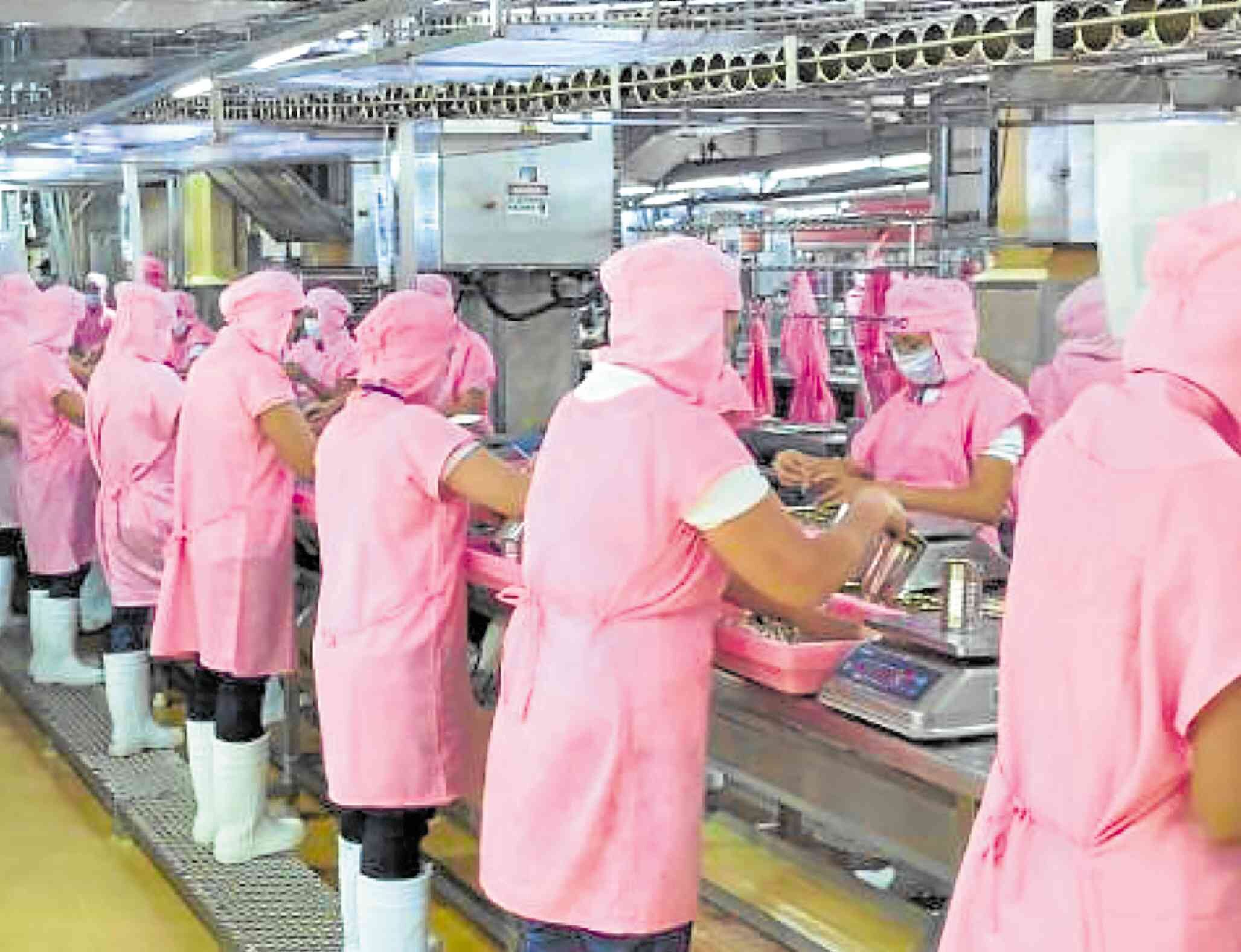Improved logistics boosted PH factory output in January

MORE VOLUME The government noted higher production levels of food, transport and electrical equipment for the period. —FILE PHOTO
The growth in the volume of factory output accelerated in January to 10.6 percent from 4.8 percent in December amid the more active production of food as well as transport and electrical equipment, according to the Philippine Statistics Authority (PSA).
While benefiting from a reopened economy—unlike last year which was impacted by the spread of the Omicron variant of COVID-19—the latest readout was still lower than the 10.9 percent recorded in January 2022.
Preliminary data at the PSA also show that the growth in the value of net sales rose to 19.9 percent in January from 16.4 percent in December and 16.9 percent in the same month last year.
Last January, the PSA observed much better from producers of food, as well as transport and electrical equipment.
The growth of food manufacturing ratcheted up to 17 percent in January from 3 percent in December.
At the same time, transport and electrical equipment both turned around to growth rates of 24 percent and 54 percent respectively, from contractions of 0.2 percent and 55 percent.
Michael Ricafort, chief economist at the Rizal Commercial Banking Corp., said that the year-on-year growth of output volume was back to double digits thanks mainly to the economy having further reopened toward greater normalcy.
“The pick up in manufacturing activities in January 2023 also came after the higher number of holidays that somewhat slowed down production activities in December 2022,” Ricafort said.
In January, the 450 firms that were surveyed were operating at an average of 72.6 percent of capacity, a slight increase from 71.6 percent in December.
Among the 22 manufacturing industries monitored, 21 were observing capacity utilization rates at more than 60 percent.
The busiest were the makers of clothing at 78 percent; non-electrical machinery and equipment (78 percent); and transport equipment (77 percent).
The PSA said about one-fifth of respondents in the Monthly Integrated Survey of Selected Industries in January were operating at “full capacity—which means at least 90 percent capacity utilization rate.
Also, two-fifths of respondents were operating at 70 percent to 89 percent capacity, and another two-fifths operated below 70 percent capacity.
Also in January, the S&P Global Philippine Manufacturing PMI (purchasing managers index) hit a seven-month high of 53.5, farther up the neutral “50” compared to 53.3 in December.
S&P Global said, however, that the rev-up in business needs did not fully translate into a higher intake of workers.
Maryam Baluch, an economist at S&P Global Market Intelligence, said operating conditions across the sector improved solidly in January as respondents cited increased demand for Filipino manufactured goods.
“Supply chain pressures also eased further, with panelists citing that improved infrastructure, more vendors and lifting of port restrictions helped with delivery times,” Baluch said.
“Overall, strong domestic demand fed into higher optimism for the year ahead,” she added. “Moreover, the lack of COVID restrictions, greater investment in new products and undertaking new projects aided hopes of a prosperous year for the Filipino manufacturing sector.”
READ:
PH manufacturing expands for third straight month
